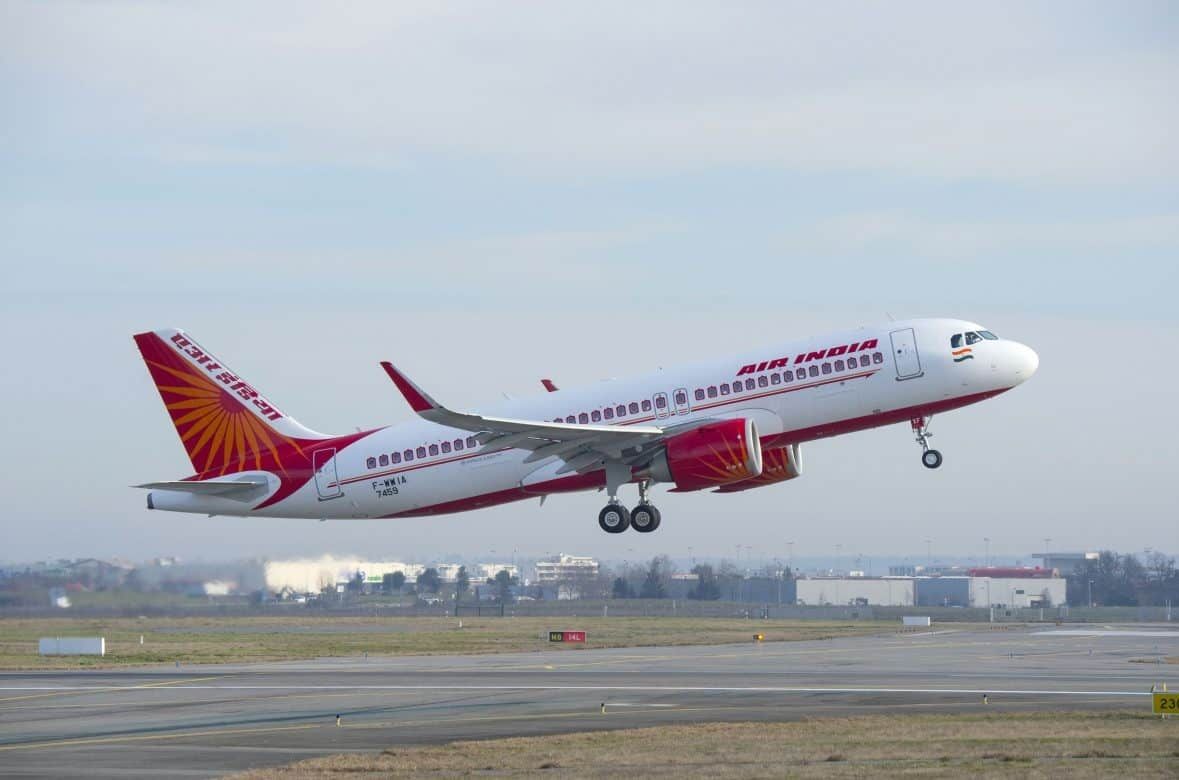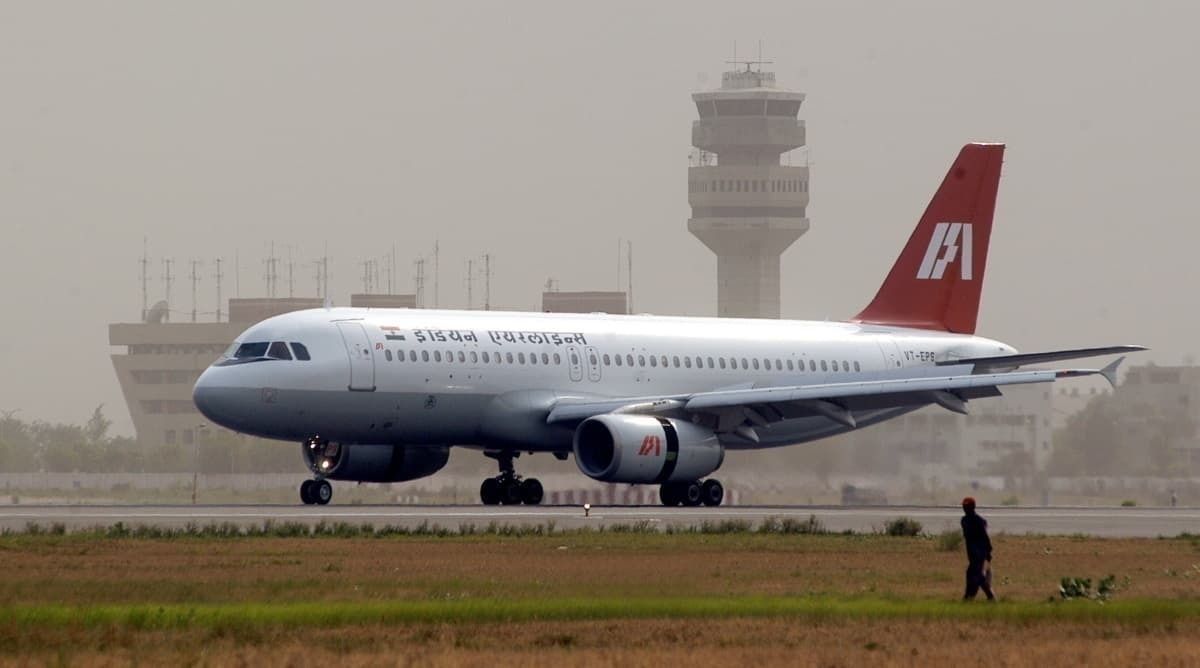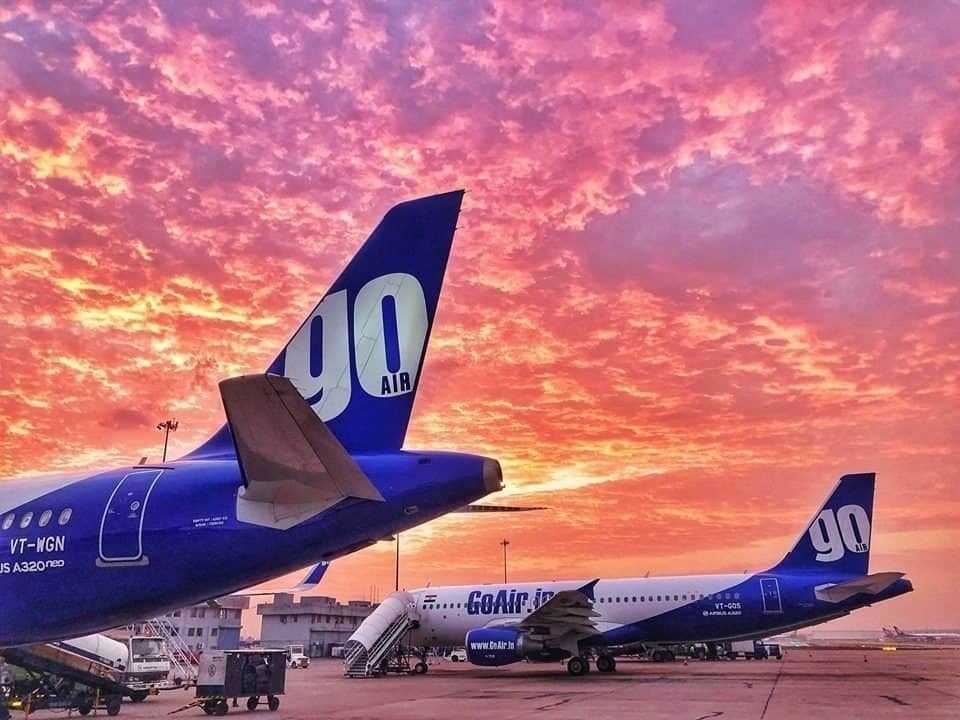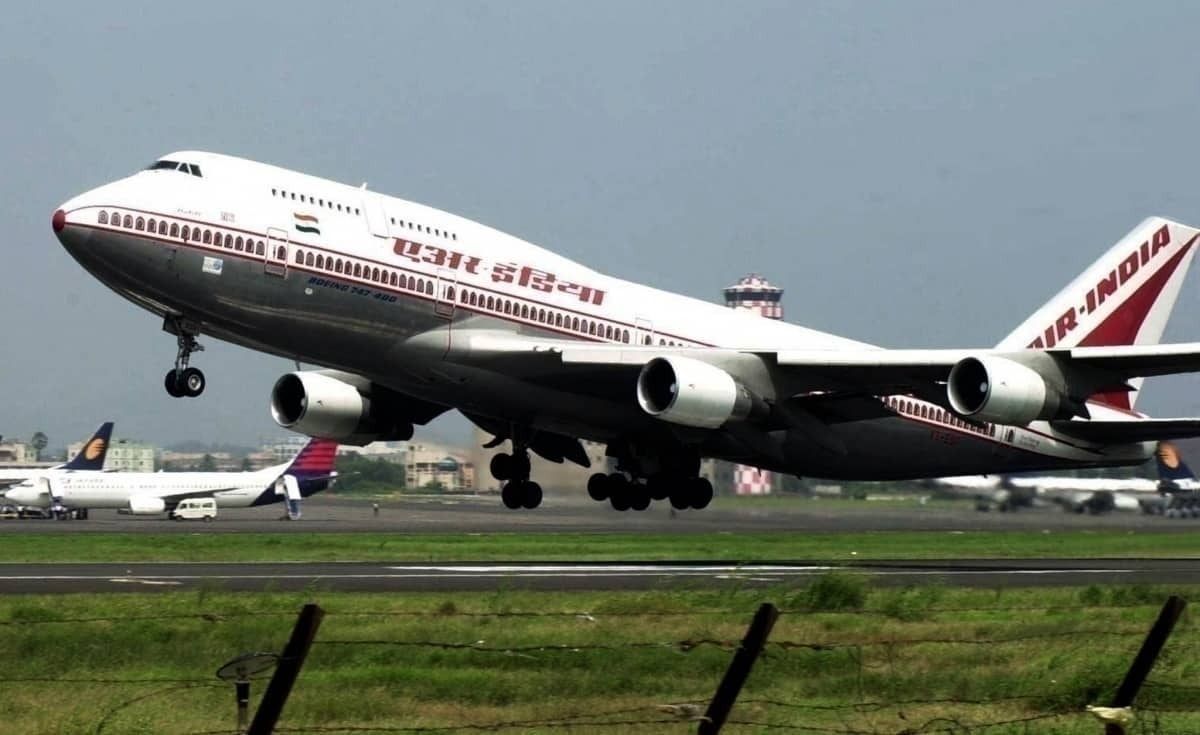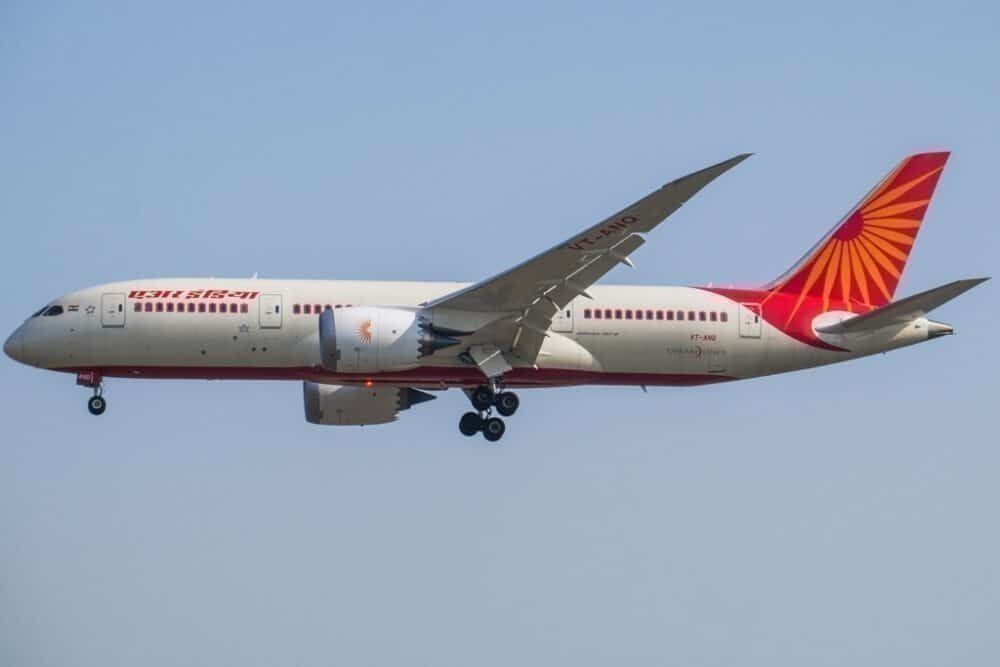Air India is the flag carrier airline of India, founded in 1932. Initially, the airline was called 'Tata Airlines' and was named after its founder J.R.D. Tata. Post-independence, the government decided to buy a majority stake in the carrier, thereby nationalizing it. Since then, Air India has been the primary domestic and international carrier for Indians. However, the rise of competition and low-cost airlines in the mid-2000s meant that Air India was up for stiff competition.
Over time, its market share has dwindled, and fleet size has remained somewhat steady. Although it is still dominant in international sectors, Air India is finding it hard to survive in the domestic market. In the last few years, there have been many talks regarding the privatization of the airline. Maybe, it is about time that we see a change in the airline.
A brief history of the airline
After the airline was nationalized in 1953, Tata Airlines split into two units; Air India for international flights and Indian Airlines for domestic. Until 2000, Air India performed pretty well by introducing important connections from India to Bangkok, Tokyo, New York, and Singapore. Starting with the classic B707, the airline was quick to order modern aircraft like B747s and A310s. Since then, Air India has been key to the development of international connectivity from India.
Indian Airlines, on the other hand, faced competition early in its life. The government of India's decision to liberalize the private sector in the mid-80s resulted in the formation of several private airlines like Jet Airways. Yet till 2005, Indian Airlines was the second-largest airline in the country. As a matter of fact, as of 2006, the airline was still a profit-making airline with over US$ 8 million annual profit. Unfortunately, the rise of low-cost carriers in 2003, forced the airline to rethink its strategy.
The merger
As a result, Indian Airlines and Air India were merged in 2011. All the aircraft were now painted in Air India livery, and the story of Indian Airlines came to an end. There might have been numerous reasons as to why the state decided to merge both carriers.
One of the primary reasons was to establish a hub and spoke network in India. The only way the airline could beat its competitors was by offering something unique. In a price-sensitive market like India, Air India wanted to attract customers by providing unprecedented international connections using its hubs at Delhi and Mumbai. Moreover, the government had sought to amalgamate two different entities to make the process of management more efficient.
Another reason might have to do with the airline's interest in aligning itself with the requirements of global alliances like Star Alliance. The requirements are simple; the airline needs to have a dense and well-covered domestic network and an excellent international presence. The combination of Air India and Indian Airlines, fortunately, had both.
However, whatever the reasons might have been, the decision was not well thought out and catastrophic. This was a major setback to the new airline and the start of the downfall for Air India. As of today, Air India is completely debt-laden and a liability to the government.
The start of the problems
Although the current situation of Air India can majorly be blamed on its merger, the problems related to the carrier started much earlier. Specifically, due to Air India's failure at modernizing its fleet and its struggle on international routes. Around 2004, the airline was still operating its old fleet of B747s and A310s that hadn't been renewed in decades. Massive corruption within the airline and poor management was the prime reason behind the hindrance to Air India's development.
Another notable scenario was the state's intent to promote the growth of private carriers. There was an evident confusion around 2009, in the government's understanding of the market. At a time when Air India was already struggling to survive, the priority should have been to bolster its finances rather than weaken it by promoting competition.
In 2009 alone, Air India / Indian Airlines had to pull out of more than half of its international routes. The main reason behind this had to do with the bilateral agreements between India and other countries. Many of such arrangements restricted the number of airlines from each country to two.
Since Indian Airlines and Air India were operating a major chunk of common routes, the government forced either one of them to quit. Consequently, private carriers like Jet Airways and Kingfisher airlines got an opportunity to compete with struggling Air India in high demand sectors. The situation worsened, as Indian Airlines was not able to withstand the competition on the domestic market, and Air India lost its profitable routes to new government policies. The consequent merger of two struggling carriers was bound to fail.
Possible solution
A chain of wrong decisions and poor management has, over the years, forced the airline into a more fragile state. The chances of revival of the airline, under government control, are very bleak. In the past few years, the government has made repeated attempts to privatize the airline.
In March 2018, the government of India issued an Expression of Interest (EOI) to sell a 76% stake of Air India. According to the EOI, the new owner would have to take on a debt of US$ 4.7 billion. Unfortunately, the bidding system was unfruitful as no private airline showed interest.
In late-2019, the government decided to sell a 100% share of the airline and announced an EOI on 27 January 2020. This time the debt amount was substantially reduced. However, the ongoing pandemic might have been a significant factor as to why Air India hasn't received any interest yet.
Nonetheless, Air India's offer is not as bad as it seems. It operates a large modern-fleet of B787s and A320s. Moreover, it is a dominant carrier in international sectors and has an increased value due to its membership with Star Alliance. It also boasts of owning a significant portion of slots at major Indian airports like Mumbai, Delhi, and Bangalore. Although the offer is attractive, everything will eventually come down to how the airline's debt is handled before the sale.
Do you think Air India can be revived without privatization? Let us know in the comments.


